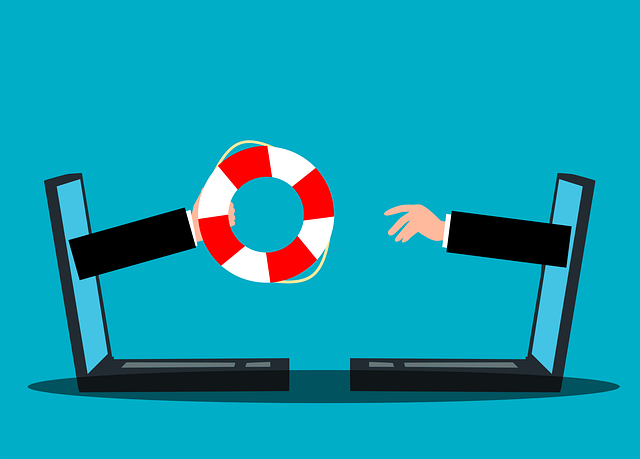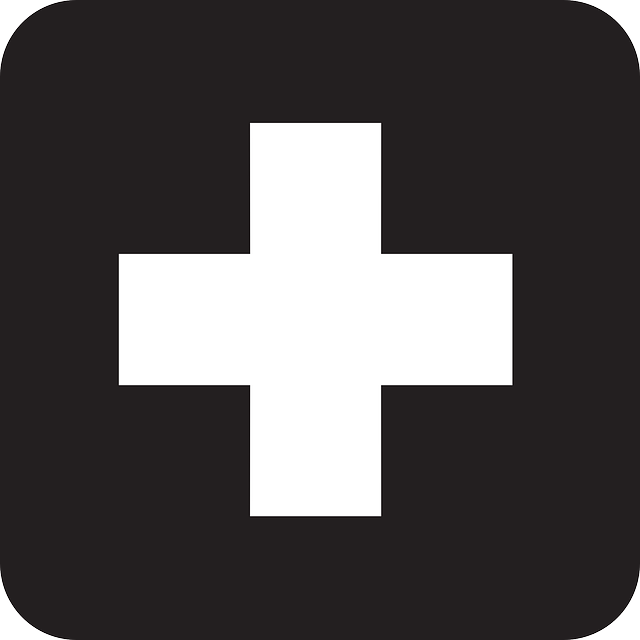In South Africa, understanding the difference between Medical Aid and Health Insurance is crucial for choosing suitable healthcare coverage. Medical Aid provides long-term comprehensive plans with access to a network of providers, covering various services including prescription medication and preventive care. Health Insurance, on the other hand, offers short-term or as-needed protection, focusing on specific medical events like hospitalization and surgeries with flexible claims. Individuals should consider their needs, budget, age, health status, and family circumstances when deciding between these options, balancing cost, accessibility, and control over healthcare decisions to secure optimal coverage.
In South Africa, understanding the nuances between medical aid and health insurance is crucial for accessing quality healthcare. While both offer financial protection, they differ significantly in structure and coverage. This article provides a comprehensive review of medical aid and health insurance options, helping you navigate the choices available. We explore key differences, dissect various scheme types, compare private vs public coverage, guide you through benefits and costs, and offer tips for a seamless application process, ensuring you select the best plan for your needs.
- Understanding Medical Aid and Health Insurance: Key Differences
- Types of Medical Aid Schemes in South Africa: A Breakdown
- Health Insurance Options: Private vs Public Coverage
- Comparing Benefits and Costs: What to Consider When Choosing
- Navigating the Application Process: Tips for Enrolling in the Right Plan
Understanding Medical Aid and Health Insurance: Key Differences

Medical Aid and Health Insurance are often used interchangeably, but they serve distinct purposes in South Africa’s healthcare system. Understanding the key differences between Medical Aid Vs Health Insurance is crucial for individuals seeking comprehensive medical coverage.
Medical Aid refers to a type of private insurance scheme that focuses on providing members with access to a network of healthcare providers, including hospitals, doctors, and specialists. It offers a range of benefits such as cover for in-patient and out-patient treatments, prescription drugs, and preventive care. On the other hand, Health Insurance is a broader term encompassing various plans that protect individuals from unexpected medical expenses. This includes hospitalisation, surgeries, and sometimes even chronic conditions. Unlike Medical Aid, Health Insurance may not always provide access to a specific network of healthcare providers but instead focuses on ensuring financial protection during unforeseen health events.
Types of Medical Aid Schemes in South Africa: A Breakdown

In South Africa, individuals have a range of options when it comes to accessing medical aid and health insurance, each with its unique features and benefits. Understanding the distinction between medical aid and health insurance is crucial for making an informed choice that aligns with personal healthcare needs and financial capabilities.
Medical aid schemes are typically long-term savings plans where members contribute regular premiums to access a range of healthcare services. These contributions often come in the form of deductions from salaries or payments by individuals or employers. In return, members gain access to a network of hospitals, doctors, and other healthcare providers, along with various benefits like prescription medication coverage, chronic condition management, and preventative care. On the other hand, health insurance policies are designed to cover specific medical expenses on a short-term or as-needed basis. These policies usually involve paying a premium for a set period, after which claims can be made for eligible expenses, such as hospital stays, surgeries, or specialized treatments. Unlike medical aid, health insurance does not require ongoing contributions and is more flexible in terms of coverage options and switching between plans.
Health Insurance Options: Private vs Public Coverage

In South Africa, individuals have the option between medical aid and health insurance, each with distinct characteristics. Medical aid is a long-term savings plan that pools funds to provide medical coverage for its members, often with various healthcare service providers. It’s a popular choice as it allows for more control over choices of doctors and hospitals, and typically offers comprehensive benefits packages. On the other hand, health insurance is usually shorter term and focuses on covering specific medical expenses, such as hospitalisation or chronic conditions. Public healthcare, provided by the government, is another option, known for its affordability but often facing challenges in terms of access and quality compared to private alternatives.
When considering medical aid vs health insurance, understanding your needs, budget, and preferred level of control over healthcare choices is crucial. Medical aid offers a more comprehensive, long-term solution, while health insurance provides flexible, short-term coverage for specific needs. The right choice depends on individual circumstances, balancing cost, accessibility, and the desired extent of personal involvement in healthcare decisions.
Comparing Benefits and Costs: What to Consider When Choosing

When comparing medical aid versus health insurance in South Africa, it’s crucial to weigh both benefits and costs carefully. Medical aid plans typically offer a broader range of services, including specialist consultations, hospital stays, and chronic condition management, often with lower out-of-pocket expenses for members. However, these plans usually come with monthly contributions that can vary widely between providers. On the other hand, health insurance policies generally cover specific medical events like hospitalisations or surgeries, with higher co-pays but potentially less ongoing expense.
Factors to consider include your age, health status, family needs, and budget. Younger individuals or those without pre-existing conditions might find health insurance more cost-effective initially. However, as you age or develop chronic conditions, medical aid’s preventive care benefits and discounted rates on specialist services could become more appealing.
Navigating the Application Process: Tips for Enrolling in the Right Plan

Navigating the application process for medical aid or health insurance can be a daunting task, but with the right approach, it can become a smooth and rewarding experience. The first step is to understand the distinction between medical aid and health insurance. Medical aid is typically offered by employers and focuses on long-term healthcare coverage, while health insurance provides short-term protection against specific medical events. Knowing which one aligns best with your needs will streamline the enrollment process.
Before applying, gather essential documents like identification cards, birth certificates, and proof of residency. Research different providers, comparing their plans based on coverage, network of hospitals and doctors, and additional benefits. Online platforms and comparison tools can make this research more efficient. Once you’ve narrowed down your options, carefully read the terms and conditions, ensuring the plan covers the services you require. Effective communication with the insurer or broker is key; don’t hesitate to ask questions to ensure you enroll in the right plan for your healthcare needs.
When deciding between medical aid and health insurance in South Africa, understanding the nuances of each is key. This review has highlighted the distinct features and benefits of various plans, enabling individuals to make informed choices that align with their healthcare needs and budgets. By considering factors like coverage, costs, and application processes, you can navigate the landscape of Medical Aid vs Health Insurance effectively, ensuring access to quality healthcare while optimising your financial resources.

